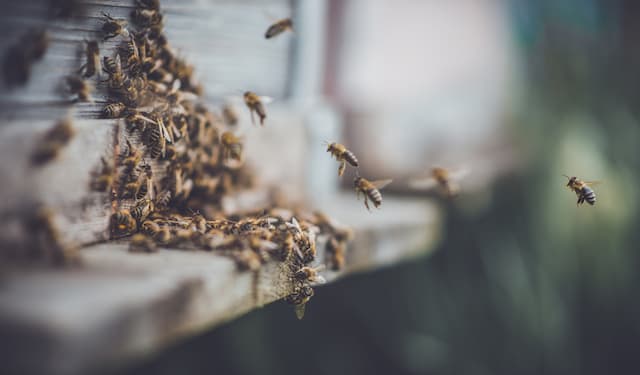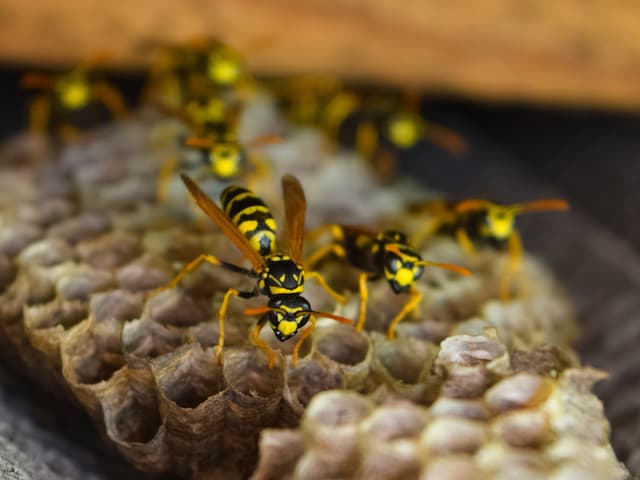Wasps and bees and hornets are a huge problem, and there are so many species of each that its hard sometimes to tell what you have flying around your yard. If you are seeing a lot of wasps or bees around then it’s important to find the nest. You can do this by following the bees and wasps but be careful not to threaten them or you will get stung. You can find them if you follow their flight path. Once they lead you to the nest you can use that nest to figure out what kind of creature it is. The normal bee’s nest is something everyone is acquainted with. It’s an adorable pine cone-shaped ball of what looks like old mummy wrapping and it’s full of delicious honey, everyone loves honey, right?
If you suspect wasp nests anywhere near or on your property, contact wasp removal Guelph for quick and safe removal.
Bees are also huge pollinators, capable of essentially running the pollination of the entire planet. If bees ever vanished we would lose 90% of our entire ecosystem. I know right, that’s crazy. So what do you do with a bee nest on your property? Try as hard as you can to ignore it and when it gets to a bad call in some professionals to remove it. Now wasp nests come in far more variety. The mud wasp makes its nest in mud and is very non-aggressive. They will even prefer to leave a damaged or broken nest and build a new one that tries to sting the person or animal who destroyed it. They keep to themselves and are very much loners. If you see them, don’t kill them because they won’t hurt you and they keep your garden clear of all kinds of much worse infestations. Now if you have yellow jackets on your property or even worse, great black wasps then you are in danger. These wasps are highly aggressive and will attack anyone that approaches the nest. The great black wasp tends to be solo but can also live in a small nest of 10,000 wasps, the yellow jacket can have a nest of up to 50,000 wasps and can rain down fire and brimstone on your property in a very short time. Most nests start as a single queen who has just hibernated through the winter. When the spring comes she makes a nest and then it grows and grows through the months until the next winter when all the workers and other wasps die and the queen crawls into some tight space to hibernate again for the winter. This process can continue and wasps can take over old dead nests so its important to remove them after you kill them.

